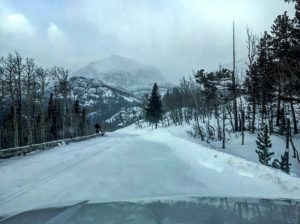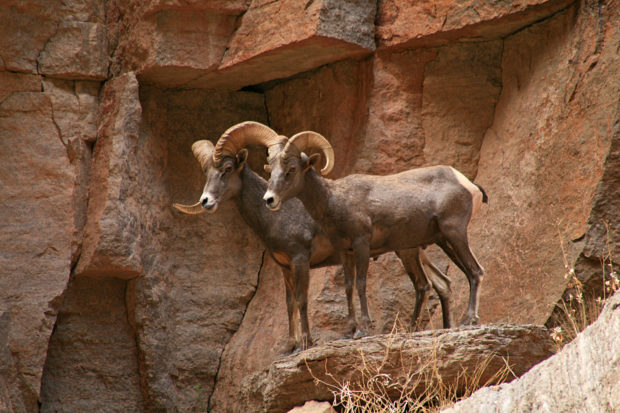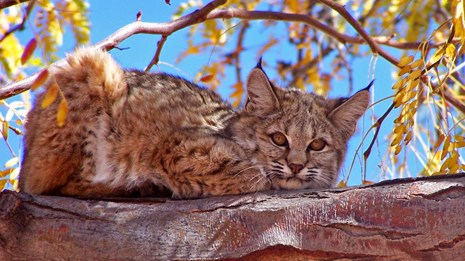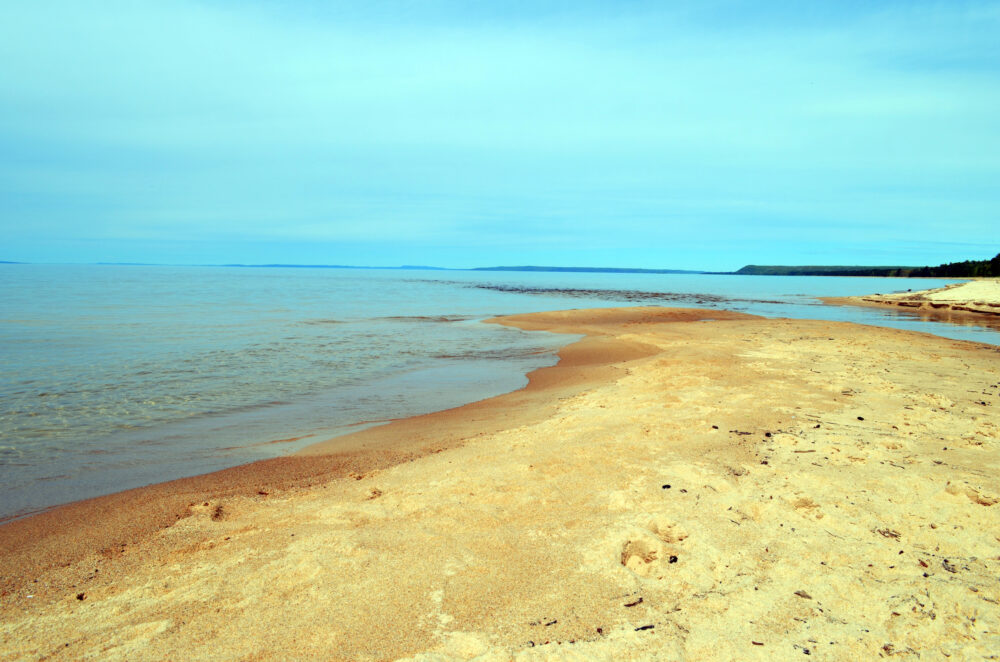We have much more to do and your continued support is needed now more than ever.
How the Shutdown Impacts National Parks & Wildlife

Many of America’s most beloved national parks are paying a high price during this latest government shutdown. Overflowing garbage cans, unplowed roads and shuttered visitors centers are the direct result of the political showdown, which began on December 22. Eighty-percent of National Park Service employees have been furloughed, which has meant almost all services at parks have been shut down and some parks have been completely closed.
Rocky Mountain National Park in Colorado—the fourth most popular national park in the country—was forced to close its gates because roads have not been plowed. The only way into the park is on foot or bicycle, which means most of the park is inaccessible.

Zach Zehr who manages the nearby Estes Park Mountain Shop said rentals of snowshoes and sleds have been way down. “We’re trying to remain optimistic but we’re feeling the impact,” said Zehr. “We’re telling people about how they can use county roads to access trails so they can snowshoe into the park.”
“This idea that we can run the parks without the Park Service is abhorrent to me,” said Estee Rivera Murdock, executive director of the non-profit Rocky Mountain Conservancy. “Even more than the basic amenities like trash and bathrooms, park employees help educate people about these lands. Families who have come here with this on their bucket list, will leave not with memories of the park– but of the government shutdown. Our mission is to foster love of public lands. Now people are being deprived of that.”

In Arizona, Gov. Doug Ducey has allocated state funds to keep basic services at the Grand Canyon National Park functioning. It’s costing the state more than $64,000 a week to do so. There are no employees to staff the entrance gates or visitors centers, but trash will be removed and the privately run concessions in the park are still functioning.
“This is a hell of a way to begin the park’s centennial year,” said Roger Clark with the Grand Canyon Trust. “The park is already underfunded. Now the park is operating without revenues being collected.”
Kevin Dahl, director of the Arizona office of the National Parks Conservation Association says some visitors are taking advantage of the absence of park staff by breaking the rules at the Grand Canyon. “We’ve heard that people are flying drones, which is banned because of the impact on wildlife. Other people are bringing their dogs into the park, which can interfere with bighorn sheep.”

Two other popular areas in Arizona, the Petrified Forest National Park and the Casa Grande Ruins National Monument, have been completely closed for the safety of visitors and park resources. Dahl says without rangers, the park had to be closed to prevent theft and damage of artifacts. But he worries about the long-term impact the closure will have on science. “There are numerous science experiments which require data to be collected daily or weekly. Now there’s going to be a big gap in that data.”

Dahl also worries about the effect on National Park Service employees. “They don’t know when they’ll get to go back to work. They aren’t being paid. Not everybody has saved up for a rainy day. It’s no wonder that morale among employees is at an all-time low.”
Even once the government has re-opened, the effects will be felt for a long time, says Mike Ford, Southwest Director of the non-profit Conservation Fund. He says overflowing toilets and garbage cans get all of the attention during the shutdown but the real harm lies in the day-to-day work that’s not getting done. Ford says crucial planning, outreach and contractual work has ground to a halt. “If this hasn’t been resolved by this time next week, it will be chaotic. It’s going to become very burdensome on the federal agencies but also on the businesses that deal with those agencies.”
The effects of the shutdown will be felt by national park visitors, employees and wildlife that make the parks home long after the government eventually reopens.





















